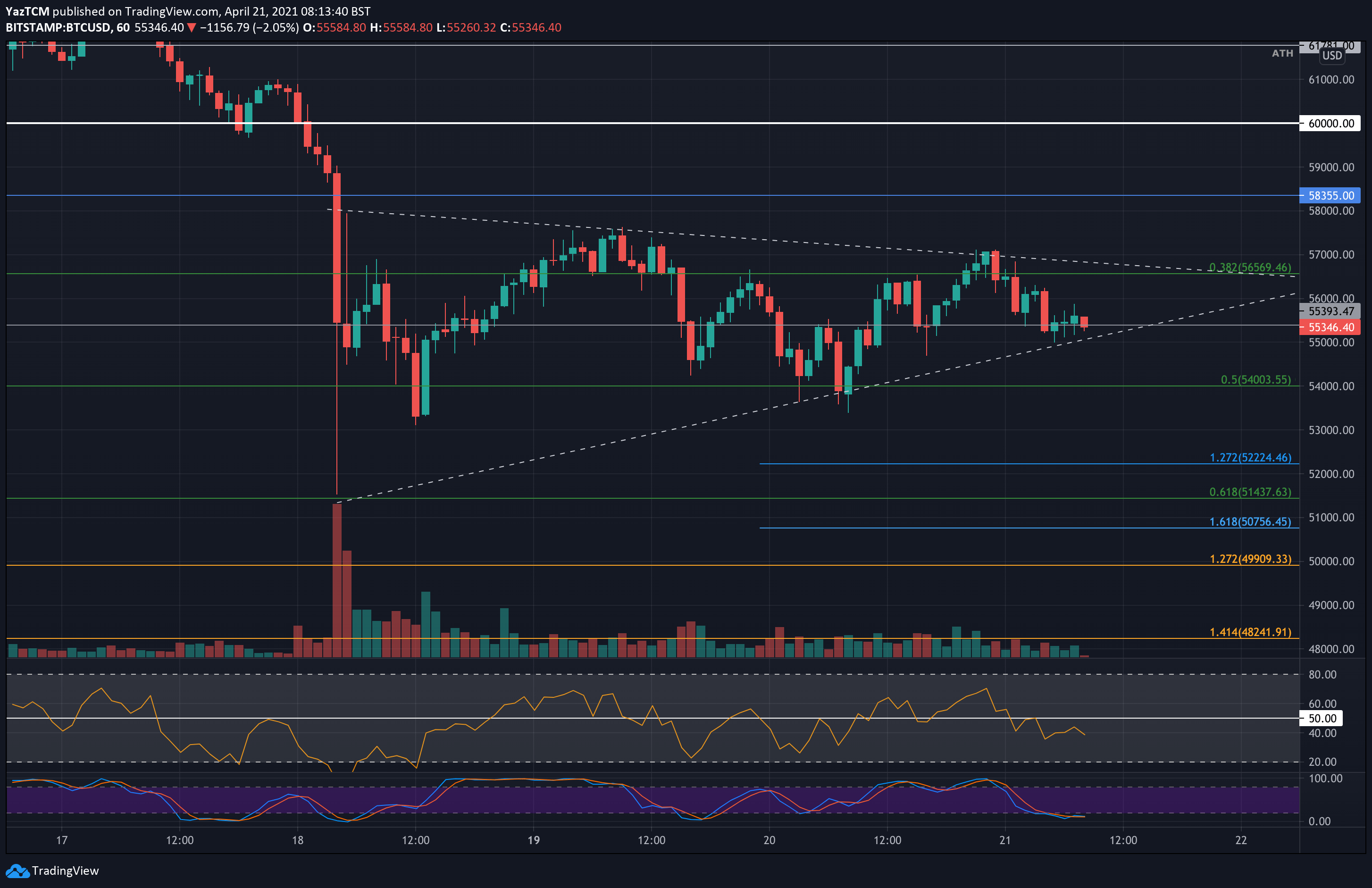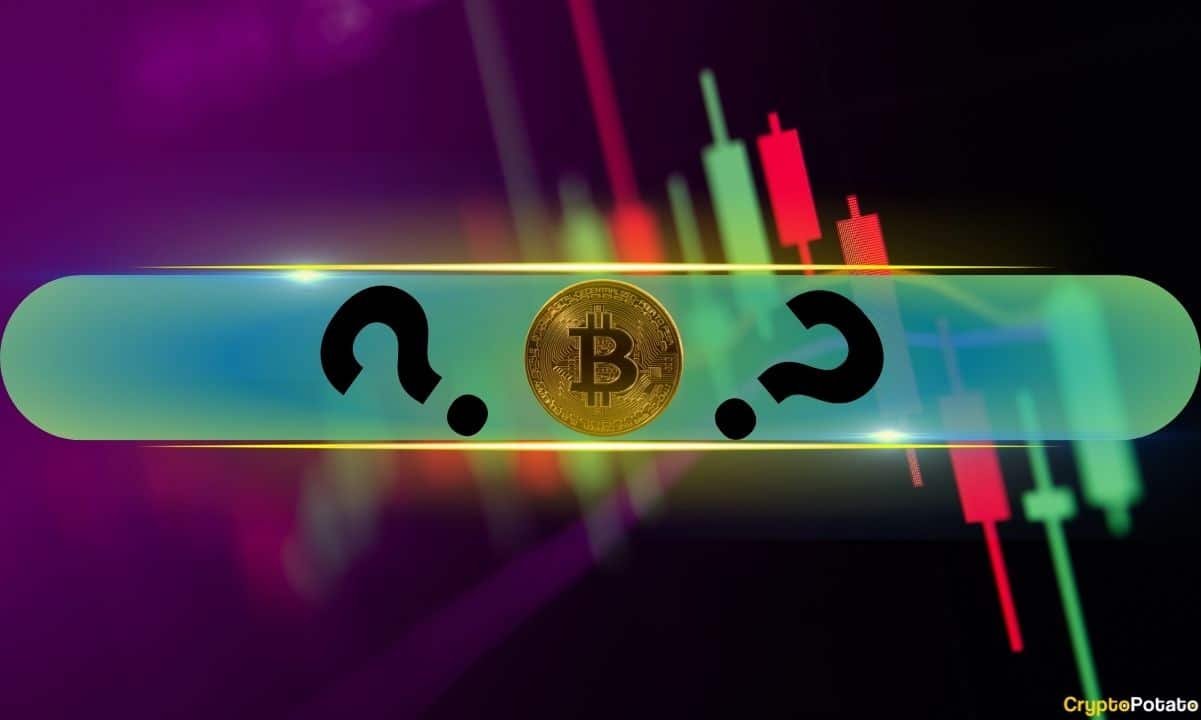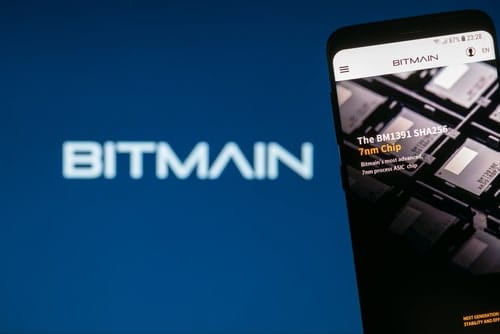Ethereum London Hard Fork Now Live: Here’s What You Need to Know
The long-anticipated hard fork of Ethereum, dubbed ‘London,’ has taken place now. This happened at block 12,965,000.
London Hard Fork Takes Place
The London hard fork is one that introduces a few different Ethereum Improvement Proposals (EIPs) and puts them to work.
It’s also worth noting that this network-wide upgrade is part of the journey towards Ethereum 2.0, which will ultimately see the blockchain migrate from the current proof-of-work (PoW) consensus algorithm to proof-of-stake (PoS).
The hard fork happened at block 12,965,000, mined today, August 5th.
At the time of this writing, about 77% of Ethereum’s nodes are upgraded to support the hard fork. As CryptoPotato reported yesterday, the versions that support London on Ethereum’s mainnet are Besu 21.7.1, OpenEthereum v3.3.0-rc.4, formerly known as Parity, and EthereumJS VM v.5.5.0.
EIP 1559 – What You Need to Know
The most heavily discussed change that takes place is EIP 1559, as it implements a different transaction fee schema.
Essentially, the move aims to reduce transaction fees, which have proved to be an issue for the network, especially when it’s clogged. The way it works is instead of having to send gas fees to miners for the transaction to be included in a block, users will send gas fees to the network itself.
Called basefee, this is also sort of a “burn,” and there would only be an optional tip that’s paid to miners. The burnt fee will also be set algorithmically and may vary from block to block, depending on network congestion. For instance, if there are more transactions pushing to be included in one block compared to another, the fees will increase, and vice-versa.
Now, there are quite a lot of misconceptions about this improvement proposal. Shattering some of them was prominent DeFi commentator and member of the community, Korpi. In a detailed Twitter thread, he explained some of the technicalities of the proposal in light of the upcoming transition to Ethereum 2.0.
EIP-1559 is one of the most important upgrades in Ethereum’s history. Its purpose is to improve user experience on ETH by changing how transaction fees are estimated and how the network reacts to surges in usage.
However, he also noted that it wouldn’t lower the gas fees in the long run because this is not a scalability improvement. Yet, it “may help users not overpay for transactions due to a better fee estimation process. It also smooths out gas prices between blocks thanks to variable block sizes.”
It’s also worth noting that EIP-1559 doesn’t introduce a supply cap on ETH and doesn’t make the cryptocurrency deflationary.
Other Changes to Consider
There are four more proposals that come into effect with the hard fork. EIP-3198 extends the UX improvements of EIP-1559 to smart contracts.
EIP-3529 aims to remove the refunds on the network. This aims to make it more stable.
EIP-3541 is something that doesn’t do a lot in itself, but it paves the way for future updates – reserving some space on the network to create other and different types of smart contracts.
EIP-3554 is a proposal that aims to delay the Difficulty Bomb to December 2021. This “bomb” is essentially a difficulty increase, making it harder for miners to solve the cryptographic problems and earn ether.









